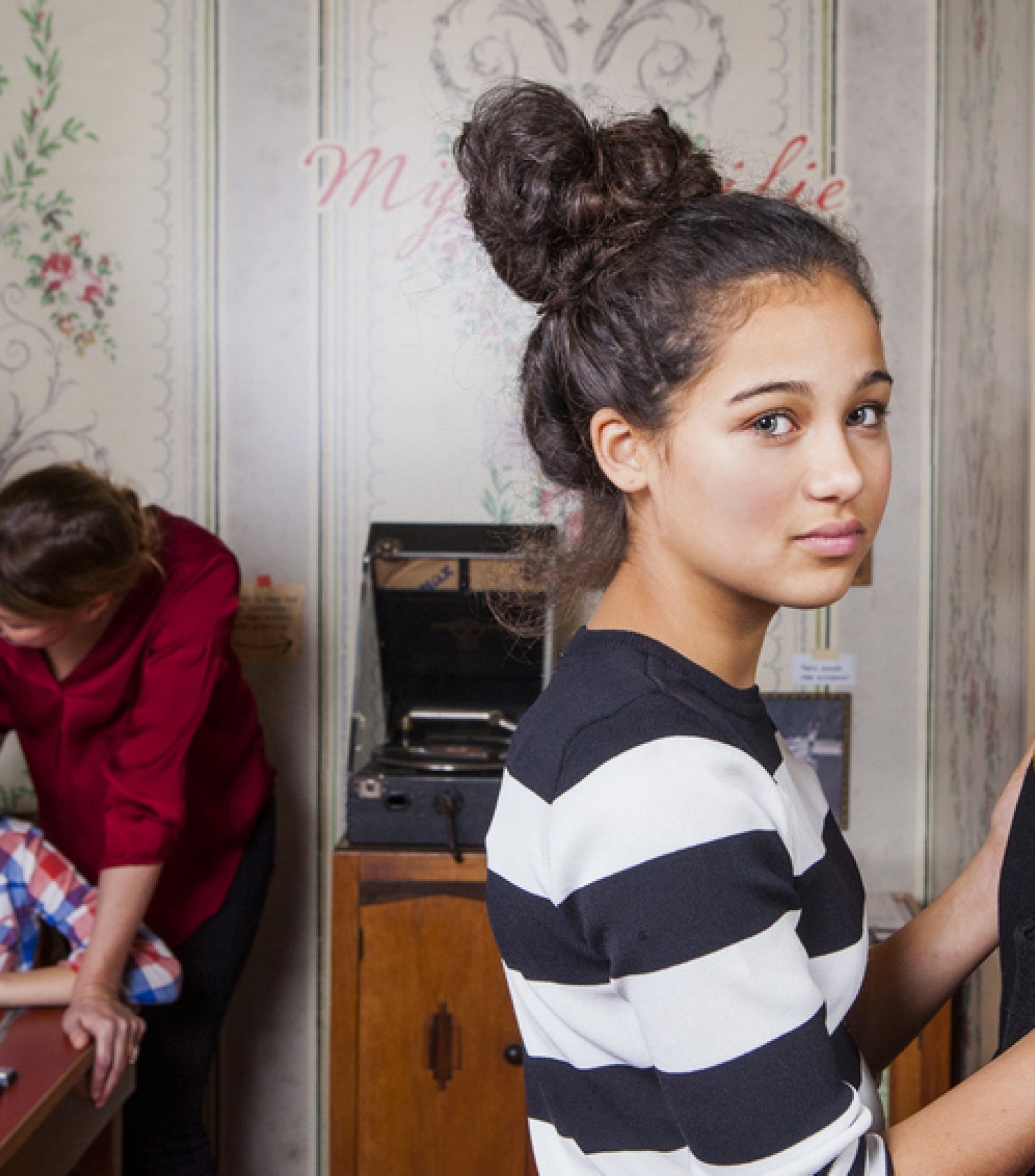The Resistance Museum Junior

The Resistance Museum Junior is the country’s first children’s museum about World War Two, with true stories and authentic items that were part of children’s lives during the occupation by Nazi Germany.
Resistance Museum Junior
RM Junior is aimed at children from the age of nine, who may visit with or without their parents. Text and audio are available in Dutch and English. One combined ticket is valid for both the Resistance Museum Amsterdam and the Resistance Museum Junior and is situated in the same building.

Henk, Eva, Jan, Nelly
From May 1940, to May 1945, The Netherlands was occupied by Nazi Germany. A large proportion of the Jewish population was deported and murdered. Thousands of men were forced to work in Germany. Many Dutch Jews went into hiding. Identity papers were forged and BBC reports distributed via the illegal press. After the failed battle for Arnhem in September 1944, the people in the cities in the north-western part of the Netherlands suffered severe hunger.
The Resistance Museum Junior centres on the stories of four eyewitnesses: Eva, Henk, Jan and Nelly. They were between 9 and 14 years old during the war, the same age group as the target audience of the children’s museum. The four children are the storytellers in the four main themes: persecution, resistance, collaboration and everyday life/adjustments. What was life like for these children during the occupation? What happened to them? What were the choices, problems and dilemmas they faced due to a lack of freedom, persecution and shortages?
When they arrive, visitors are first taken through a time machine to another age. They get off in a square somewhere in the Netherlands under occupation. There are four houses on the square where visitors can discover what Eva, Jan, Nelly and Henk experienced. The Jewish girl Eva was a neighbour of Anne Frank.

World War Two around the world and Their own world
One corner of the room is taken up by a crashed plane. Visitors can fly across the world. They can land in former Dutch colonies in Asia and South America and explore the stories of children in those regions. Visitors can also see and hear the wartime stories of children elsewhere in the world. The historical part of the museum ends with a section on the liberation. Eva’s mother married Otto Frank, father of Anne, in 1953. In an epilogue, the four children share what happened to them after the war. And in interactive interview fragments, they talk about what the war can mean for children today.


Tolerance, democracy and social cohesion
The stichting Verzetsmuseum Amsterdam (the Resistance Museum Amsterdam Foundation) was set up by former members of the resistance movement in 1984. The museum curates a large collection of authentic materials. The permanent exhibition covers the Dutch population, who were faced with unexpected choices and dilemmas due to the loss of national independence and democratic law. A separate section of the museum tells of the experiences of the population in the former Dutch colonies.
The purpose of the museum is to inform, especially the young visitors – and largely from socially less advantaged and non-western immigrant origins – about the most dramatic episode in recent history and to make them think. Remembering World War Two can contribute to tolerance, democracy and social cohesion in today’s society.
Attention: On weekdays and during school hours, Verzetsmuseum Junior is regularly visited by school classes. They have priority as they carry out assignments for their curriculum. If you want to avoid your visit coinciding with a school class, please call 020 620 25 35. Our staff can check if a booking has been made by a school. Alternatively, you can visit Verzetsmuseum Junior on a weekend or during school holidays.